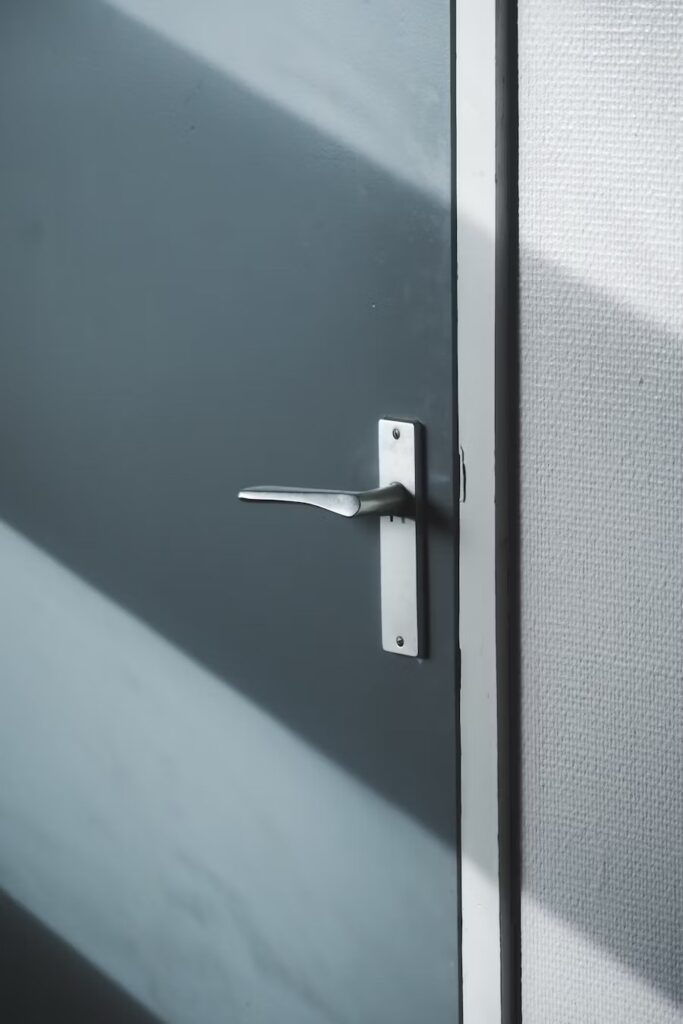
Objects and spaces speak and they carry a hidden silent language of meaning, a way of communicating intentions, instructions, even moods. Often, this language is subtle, almost invisible, yet it shapes our behavior in everyday life.
An example of this is the design of a fast-food restaurant: bright lighting, hard stools, and small tables aren’t just convenient and practical choices. They are carefully considered elements meant to encourage quick eating and fast turnover. The space doesn’t invite you to stay. On the other hand, a lounge café with soft seats, warm tones, and cozy atmosphere speaks differently. It tells you: slow down, stay, make yourself comfortable.
This hidden messaging isn’t limited to spaces. Everyday objects also instruct us, often without us realizing it. A flat metal plate on a door says push. A vertical bar says pull. The shape of a screwdriver handle invites rotation. The design of a bicycle pedal, with its wide flat surface, is made for pushing downward. A church pew’s straight back keeps you upright and alert. Keys have thin, flat surfaces made to be gripped and turned. Design choices are not random, but they guide action. This is what’s sometimes called a trigger of behavior.
These triggers can be physical, like shape and weight, or psychological, like color and texture. Colors too evoke in us sensations that sometimes we are not even aware. Red may signal urgency or danger. A narrow seat discourages long use. A soft armchair with curved edges welcomes you to stay. These choices are rarely aesthetic alone; they’re purposeful, crafted to influence how we respond.

Design can also encourage freedom, touch, and imagination. At Studio Boey, we have developed kitchen tools influenced by the concept of haptic design, inviting a more profound connection to our bodies and to our actions. Moreover, these tools don’t dictate how to hold or use them specifically. Their organic shapes and haptic feelings invite experimentation. You can stir, crush, scoop, there’s no single correct way. The design leaves space for play and personal interpretation and there is no correct way to use them.
Understanding how design shapes behavior, both through clear cues, colors, shapes and open invitations gives us a better insight of the world around us. It reminds us that spaces are not neutral, and objects are not silent, but they suggests a specific message and behavior.
By paying attention to these small signals, we can become more thoughtful on how design has a clear influence on us and about how we design for others.

No comments.